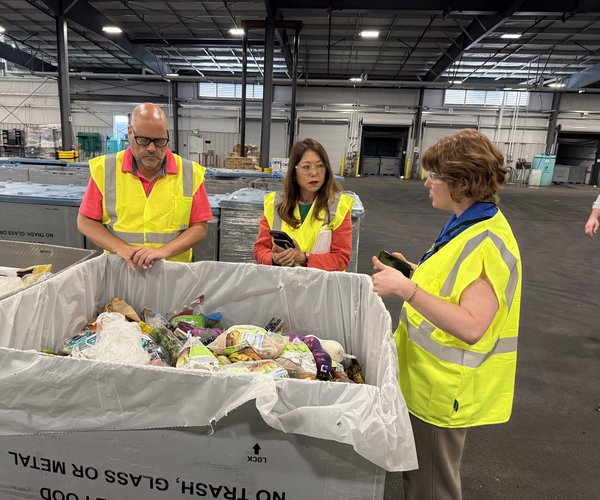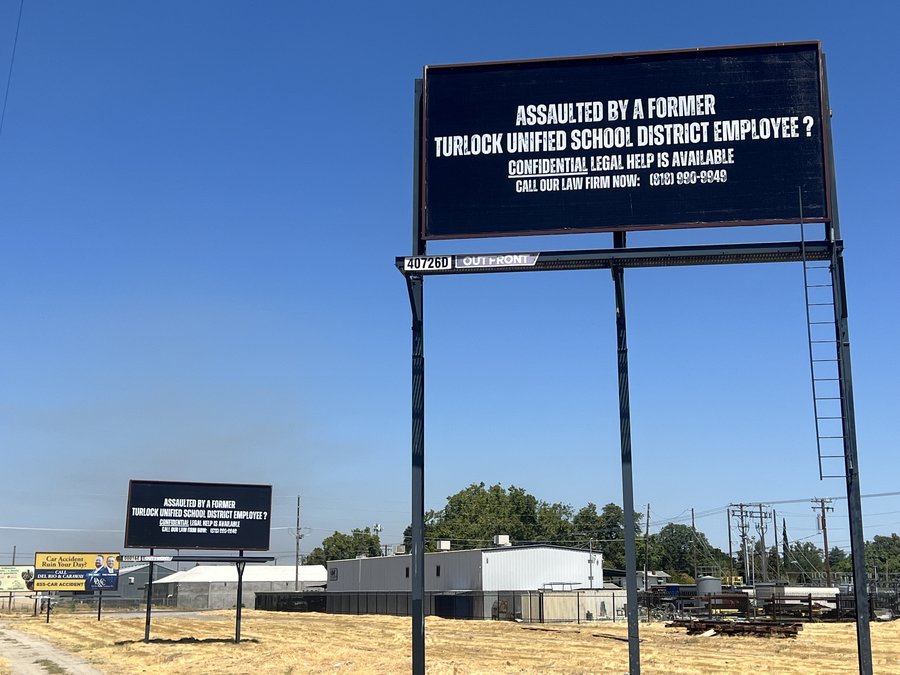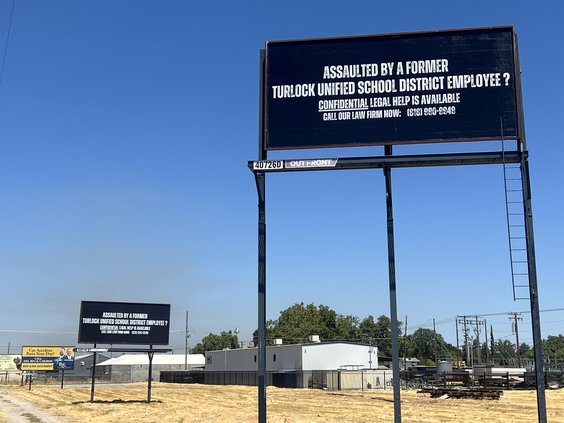Thursday marked the end of the Valley’s 16th residential wood burning season with more violations issued than in the previous year, according to the San Joaquin Valley Air Pollution Control District.
The season also had more days that saw burning prohibited for everyone than last year in Stanislaus County, but less days that allowed for burning if registered.
The Check Before You Burn Program takes place each winter from November through February and is designed to minimize the build-up of harmful fine particle pollution. Check Before You Burn requires wood-burning prohibitions on days when levels of fine-particulate matter (PM2.5) are forecast to exceed the federal health standard. Wood-burning forecasts are issued daily for each county. The District issues a daily wood-burning declaration, based on the air quality forecast for each county with one of three specific designations: “No Burning for All,” “No Burning Unless Registered,” or “No Restrictions, Burning Discouraged.” While no formal burning restrictions will be in place from now until Nov.1, 2019, the District discourages all residential wood burning.
High levels of particulate pollution can have serious health effects, including bronchitis, lung disease and increased risk of heart attacks and stroke. Young children, the elderly, and people with existing respiratory and coronary disease are especially vulnerable to the effects of air pollutants.
Stanislaus County had 37 days were burning was prohibited unless it was done with a cleaner burning device that is registered with the Air District. The rate was down from the previous season when the Air District issued 49 restrictions.
The 2018-19 season in Stanislaus County had 10 days were burning was prohibited for everyone, up from just two issued in the 2017-18 season.
The Air District issued 100 violations this season to residents found to be burning when they were not allowed. This number is up from the 73 that were issued the previous season. A first-time offense nets a fine of $50, but the fine can be waived if the resident completes the district’s air pollution exam. A second offense costs $150; additional fines can run up to $1,000.
Despite record-breaking wildfires at the beginning of the season, the remainder of the season was among the cleanest in recorded history, the Air District reported.
Regional high-pressure systems often cause pollutants to become trapped in the bowl-shaped San Joaquin Valley, creating high concentrations of PM2.5 that build up very quickly at ground level, resulting in poor air quality.
November’s Camp Fire generated some of the most significant smoke impacts ever experienced in the Valley. However, frequent winter storms immediately following the Camp Fire, combined with favorable weather patterns, a high level of cooperation by Valley residents and the use of much cleaner wood, pellet & natural gas devices, made possible by the District’s Burn Cleaner Program, all played pivotal roles in the vast improvement to wintertime air quality this season.
“District incentives have helped hundreds of our residents invest in cleaner devices,” said Samir Sheikh, the District’s executive director and air pollution control officer. “Such investments by the public along with those by Valley stakeholders, and a variety of other emission-reduction strategies, have resulted in cleaner air for every San Joaquin Valley resident.”
Residents interested in upgrading from an open-hearth fireplace or older wood stove, to a cleaner device, are encouraged to take advantage of the District’s Burn Cleaner incentive program, which provides $1,000 for certified wood/pellet inserts, freestanding stoves or natural gas inserts. Low income residents are eligible for $2,500 to purchase such devices. An additional $500 is also available toward installation costs when choosing a natural gas device over wood or pellet. Visit www.valleyair.org/burncleaner for program guidelines.
Additionally, March through October is a great time to get clean burning devices registered ahead of next year’s wood burning season. Visit www.valleyair.org/CBYBregistration for details.









